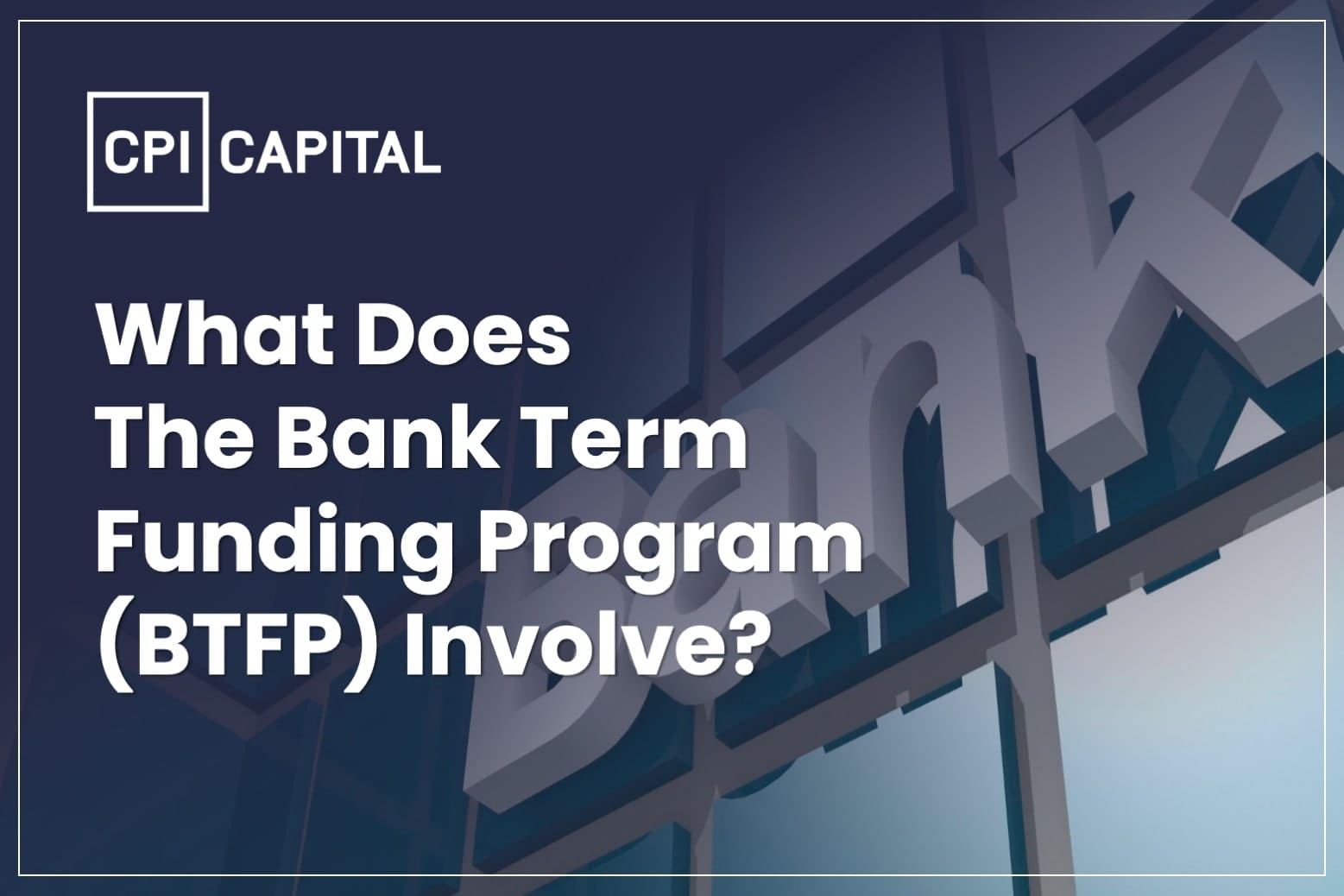
Dear valued existing investors and future investors,
Welcome to this week’s CPI Capital’s news briefing. Our regular, weekly newsletter contains a mixture of updates, commentary and informative related articles about the lucrative world of passive real estate investment.
If you are already one of our subscribers, thank you. If you are not, take the chance to sign up to our newsletter now and keep right up to date with all you need to know about syndicated real estate investment!
SIGN UP HERE to receive our investment offerings
The effective management of US monetary policy is essential for the smooth and orderly functioning of the national economy, avoiding any turmoil in financial markets. The banking sector needs to offer stability and liquidity in order for the country to function and businesses to continue as far as possible without major economic shocks or crises.
The real estate sector, especially the multifamily and/or BTR-SFR sectors, is intertwined with the well-being of the overall economy and plays a vital role in the provision of housing accommodation for people across the country. Therefore, access to funding for new developments and acquisitions or refurbishments of existing projects is, clearly, important and regulators have a number of monetary tools to facilitate this; one of which is The Bank Term Funding Program.
What is The Bank Term Funding Program?
The Bank Term Funding Program (BTFP) is a monetary policy tool used by central banks to provide a source of low-cost, long-term funding to other banks in order to help support lending to businesses and households. The BTFP is typically used during periods of economic stress, such as a recession or financial crisis, when traditional sources of funding for banks may become scarce or expensive.
The BTFP was first introduced by the Bank of England (BoE) in 2016 in response to the uncertainty surrounding the Brexit referendum and the potential impact on the UK economy. Under the program, the BoE offered to lend funds to banks at a fixed interest rate for a period of four years. The aim of the program was to provide banks with a stable source of funding, which would in turn support their ability to lend to households and businesses, thereby supporting economic growth.
How does the Bank Term Funding Program work?
The BTFP works by allowing banks to borrow funds from the central bank at a fixed interest rate, which is typically lower than the prevailing market rate. The funds are made available for a fixed term, typically several years, which provides banks with a source of stable funding that they can use to support lending to their customers. The central bank will typically specify the types of assets that are eligible as collateral for the borrowing, which helps to manage the risk of the program.
What are some of the key benefits of the Bank Term Funding Program?
One of the key benefits of the BTFP is that it provides banks with a source of long-term funding, which can help to reduce their reliance on short-term funding sources such as wholesale markets. This is important because short-term funding can be volatile and expensive during periods of economic stress, which can lead to banks becoming more cautious in their lending activities. By providing a source of long-term funding, the BTFP can help to support the provision of credit to households and businesses, which is important for maintaining economic activity.
Another key benefit of the BTFP is that it can help to support financial stability by providing a source of funding that is not reliant on market conditions. During periods of economic stress, markets can become volatile and unpredictable, which can make it difficult for banks to raise funding. By providing a stable source of funding, the BTFP can help to reduce the likelihood of a liquidity crisis in the banking system, which can have systemic implications for the wider economy.
Are there any drawbacks to the Bank Term Funding Program?
Notwithstanding the above, there are some potential drawbacks to the BTFP. One concern is that it may encourage banks to take on excessive risk in their lending activities, as they may feel that they have a stable source of funding that is not reliant on market conditions. This could lead to an increase in risky lending practices, which could pose a threat to financial stability.
Another concern is that the BTFP may lead to a misallocation of credit, as banks may focus their lending activities on certain sectors or types of borrowers in order to meet the eligibility criteria for the program. This could result in a distortion of credit allocation, which could have negative implications for economic efficiency and growth.
Download and read our FREE e-book: 25 Fundamental questions to ask a Syndication Sponsor before making your investment
CPI Capital agree, as do almost all real estate syndication investors, that having stability in the national real estate housing market and sufficient liquidity to maintain the ongoing growth in the multifamily and/or BTR-SFR accommodation sectors is vitally important–especially in view of the continuing shortage of housing across the country.
In the view of CPI Capital, whilst the Bank Term Funding Program can help to support financial stability and economic growth, it also has some potential drawbacks that need to be carefully managed in order to ensure that the Program is effective and sustainable over the long term.
Yours sincerely,
August Biniaz
CIO, Co-Founder CPI Capital

Ready to build true wealth for your family?
It all starts with passive income. Apply to join the CPI Capital Investor Club.
Search
Recommended
